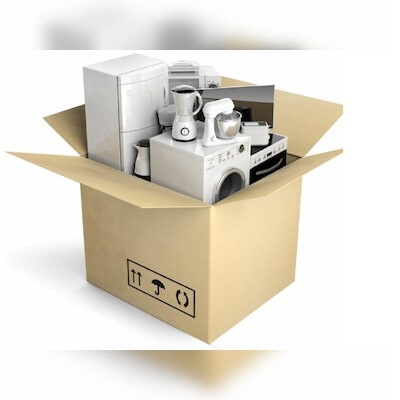[ad_1]
Consumer durables inflation increased progressively between FY20 and FY23 by more than 5 percentage points. However, the Economic Survey pointed out that with the improvement in the supply of key raw materials, the inflation rate for consumer durables declined in FY24.
It also said that in FY22 and FY23, clothing, which accounts for 48 per cent of weightage in the consumer durable index, was a major driver of inflation. The surge in the prices of key input materials used by apparel manufacturers, particularly cotton, led to this.
“FY22 was the time when cotton prices had shot up, raw material prices had shot up. The prices had gone up in the market. But one has to balance that with the reality that 50 to 60 per cent of the sales that are happening today in the market are happening during discount sales. The net realisation to the apparel company has more or less remained the same,” the chief mentor at Clothing Manufacturers Association told Business Standard.
He explained that the market is still extremely sluggish and the industry is going through a major slowdown. “I personally do not see any chances of prices going up.”
The consumer durable industry witnessed COVID-19-led issues which caused component prices to rise. Also, the Ukraine-Russia crisis caused a disruption in supply and caused container prices to jump, thus pushing up the price of consumer durables.
However, in the last year, the price of components has remained stable. “The movement of prices of components is different across segments,” Atul Lall, managing director at Dixon Technologies said.
He said that there has been a slight increase in component prices of lighting and even open cells which go into the manufacturing of television panels. Both were down last year. Also, container prices, which were constantly on the rise, have now started to stabilise, Lall said.
While talking about consumer demand, the Economic Survey said, “A normal rainfall forecast by the India Meteorological Department and the satisfactory spread of the southwest monsoon thus far are likely to improve agriculture sector performance and support the revival of rural demand.”
Rural demand has been under pressure for over a year and started to witness some respite which was seen in the January-March quarter of FY24.
The survey also pointed out that private consumption reported that rural consumption growth has gradually picked up pace during the quarter ending March 2024.
NielsenIQ also stated in its release for the January-March quarter that the FMCG industry’s growth continues to be driven by consumption trends with rural areas surpassing urban growth for the first time in five quarters.
“I’m hoping that a quarter or two down the line, with a better monsoon and continued good macros, the recovery should continue to happen,” Ritesh Tiwari, CFO at Hindustan Unilever, said post announcing its January-March results.
The company said that rural has not yet outpaced urban growth, explaining that if one looks at the March quarter market growth, then rural is higher than urban.
First Published: Jul 22 2024 | 7:15 PM IS
[ad_2]
Source link

